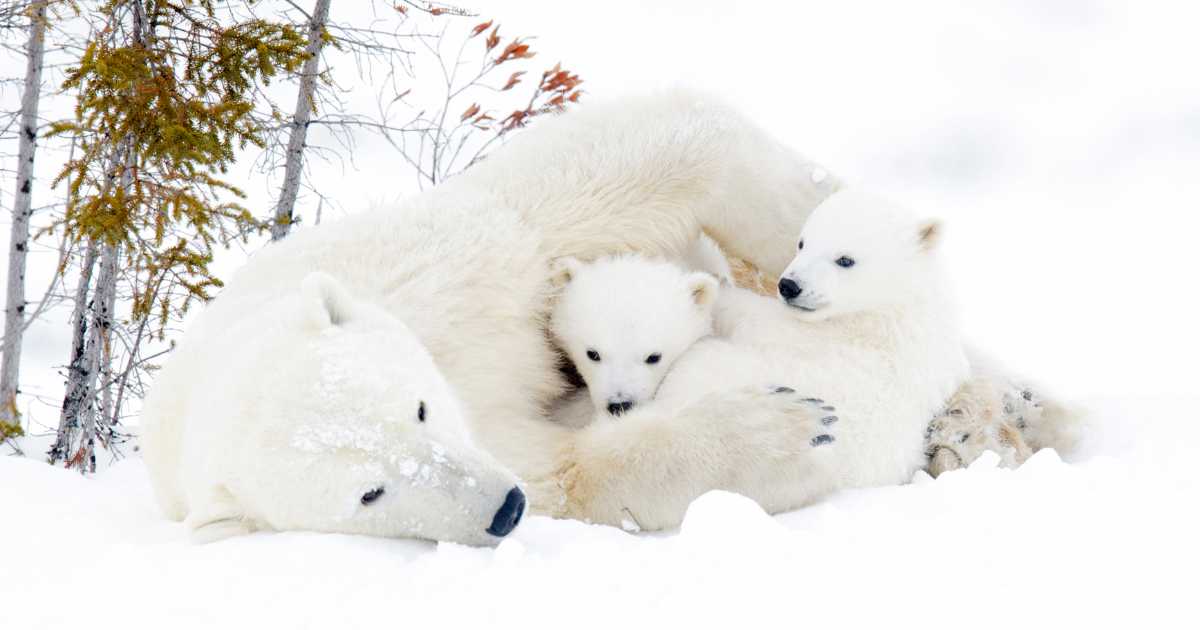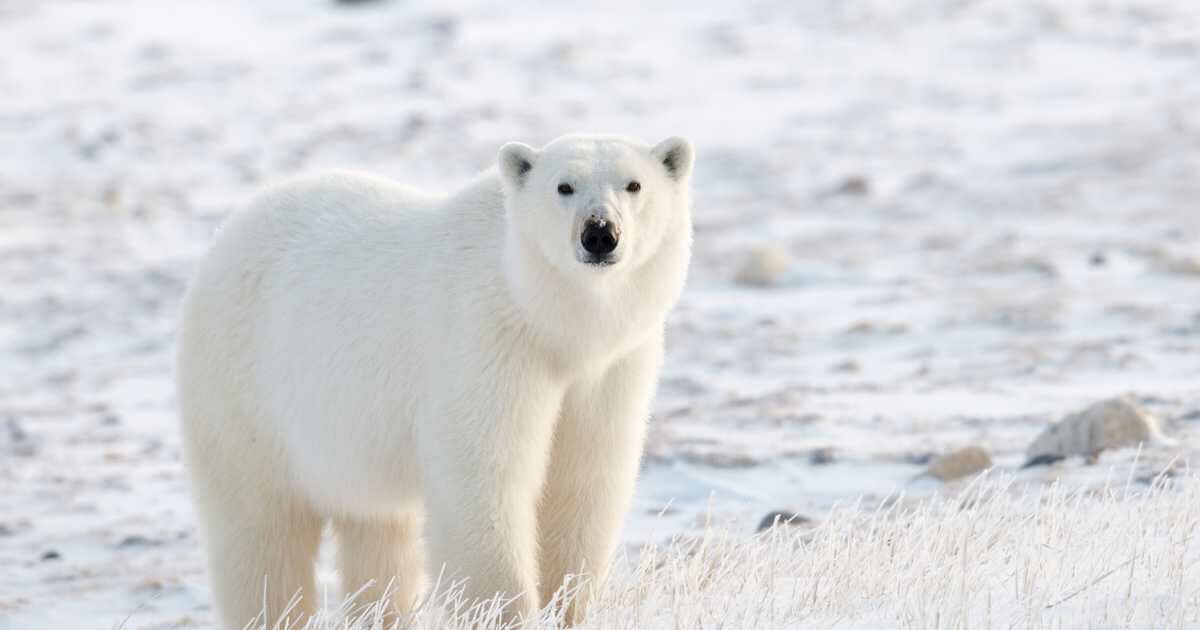Polar bears are among the most iconic animals in the world, with their white fur and black noses. But what color are polar bears? Are they pure white, or is there more to their coloring?
Polar bears are unique marine mammals with complex coloration due to their natural habitat and unique physiology.
The color of a polar bear’s fur can vary from black to brown and even light pink. The light that reflects off a polar bear’s fur can also cause a color shift depending on the angle of light, making it hard to determine the exact color of these powerful animals.
Polar bear populations have been declining due to climate change, so understanding their coloration is key to helping protect them.
Let’s take a closer look at the question, what color are polar bears?
How Did Polar Bears Get Their Color?
Polar bears are one of the most recognizable marine mammals, and their white fur stands out against the blue-gray hues of the Arctic Sea. But how did they get their iconic color? The answer lies in their environment and the adaptations their species have evolved.
Polar bears are closely related to brown bears and likely evolved from a common ancestor several million years ago. They likely began to change color as they migrated north, with the white fur helping them blend in with their new icy surroundings.
What Does Polar Bear Fur Consist Of?
When answering the question, “what color are polar bears,” it’s important to know more about their fur. Polar bear fur comprises two layers: black skin and white guard hairs, which reflect visible light. This double layer helps the bear trap its body heat and protect it from the cold climate of its natural habitat.
Adult polar bears have hollow hairs that keep them warm by creating an insulating layer of air between their skin and the cold temperatures outside.
The fur of polar bear cubs appears slightly different than that of adults – when the cubs first emerge from their dens, their fur is yellowish-brown. The hair shifts from brown to white as it traps more air as they age.
When the sun reflects off their coat of white guard hairs, their fur appears to be silver in some light. This color shift is designed to make it easier for them to hunt prey like ringed seals.
Polar bears get white fur color due to evolutionary adaptations that help them survive in their icy habitat. Their double layer of fur keeps them warm and hidden, making it easier for them to hunt for food and maintain healthy polar bear populations.
Why Does Polar Bear Fur Look White?
To understand why polar bear fur looks white, look at their natural habitat and fur. Polar bear fur comprises two layers of hair, guard hair and a layer of hollow hair.
The guard hairs are generally transparent, and the hollow hairs are white, which gives the bear its distinctive white appearance. The guard hair also helps to keep out moisture, while the hollow hair helps to insulate and retain body heat.
The polar bear’s white fur helps them blend into their icy Arctic environment, allowing them to better hunt for prey like ringed seals. This white fur also helps keep their bodies cool in the hot summer.
Polar bears aren’t born all white – they have black skin and brown fur when they are born. As the bear grows into an adult, its fur lightens and turns creamy white. This color shift is mainly due to the effects of visible light on the bear’s hair.
Different polar bear populations are important to consider when looking at their white color. Females often produce lighter-colored offspring, which may help their young better blend in with their snow-covered habitats.
How Does White Fur Help Polar Bears?
The polar bear’s white color is essential for survival in its Arctic home. Its guard hairs help keep out moisture, and its hollow hairs help to insulate and retain body heat. The white fur also helps them blend into their icy environment and hide from predators, allowing them to better hunt for prey and protect their young.
Although adult polar bears have white fur, they are born with black skin and brown fur, which shifts to white as they grow older. This is how they camouflage to survive in various environments.
Factors That Influence the Polar Bear Color
Polar bears have adapted to their environment, and the color of their fur has a lot to do with that. Their fur is typically white, but they can also appear in shades of yellow and brown. The key factors that influence the color of polar bear fur include:
- Snow: Polar bears live in icy regions where snow is abundant. This helps their fur to stay white by reflecting the sunlight and reducing their body heat.
- Natural habitat: The natural habitat of polar bears also influences their fur color. Polar bear fur becomes more yellow or brown in areas with large populations of brown bears.
- Weather: The weather in polar bear habitats can also impact their fur color. Changes in temperature or humidity can cause a color shift over time.
- What they eat: Polar bears’ diet consists mainly of ringed seals, which have an abundance of blubber. This helps the bears maintain their white fur color by reflecting visible light.
Conclusion
The answer to the question of what color are polar bears are more complicated than you might think! Polar bear fur can range from white to pale yellow to a shade of light brown or gray. However, the polar bear’s black skin and dark eyes can create an illusion of extreme whiteness when viewed from a distance.
Female bears tend to be paler than adult males, but in general, the color shift occurs to help polar bears regulate their body heat and stay well camouflaged while they hunt their prey, like ringed seals.
Polar bear populations have experienced a decrease in recent years, however, with proper conservation efforts, we can ensure that these beautiful white bears remain a part of our natural world.


